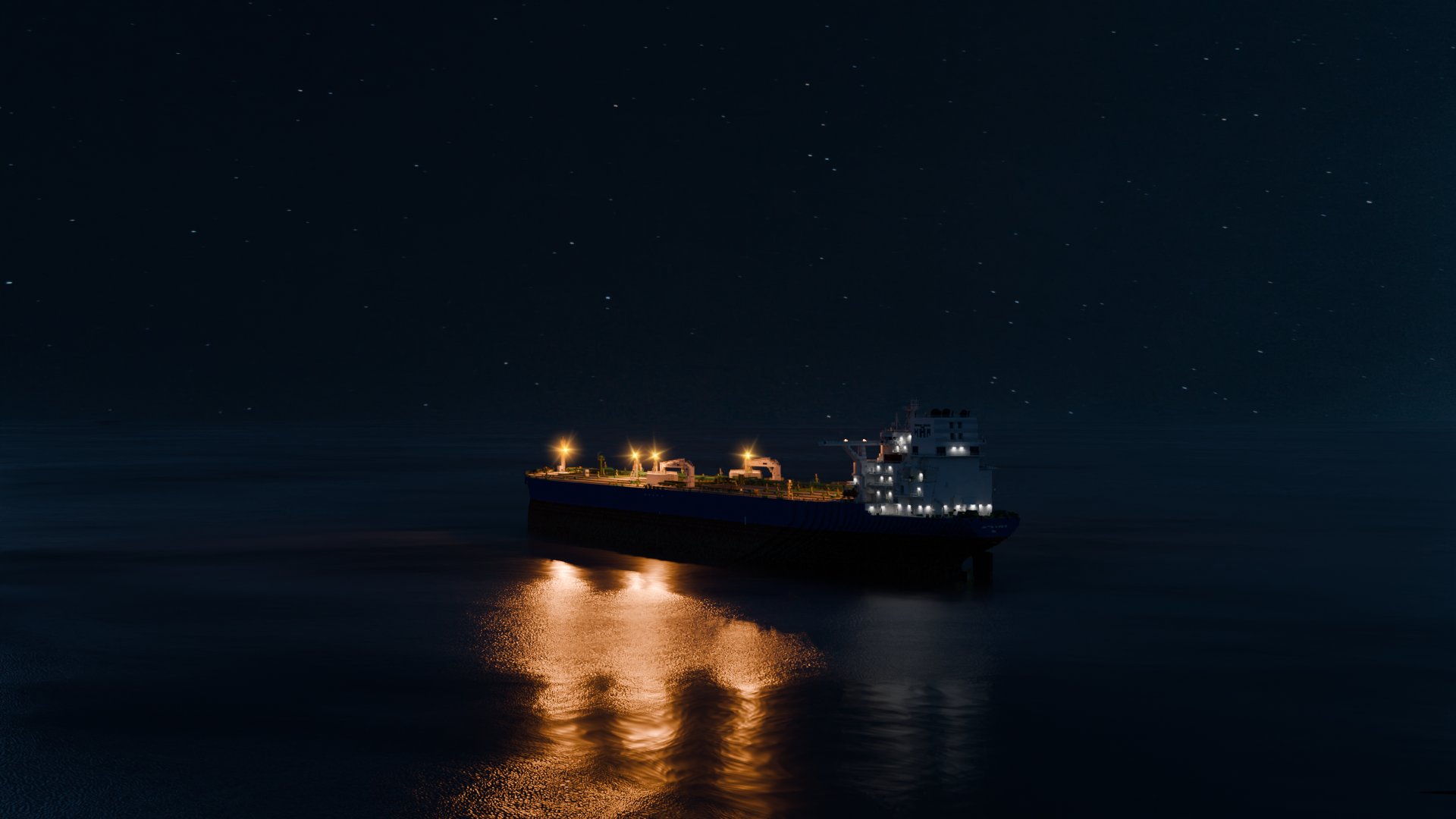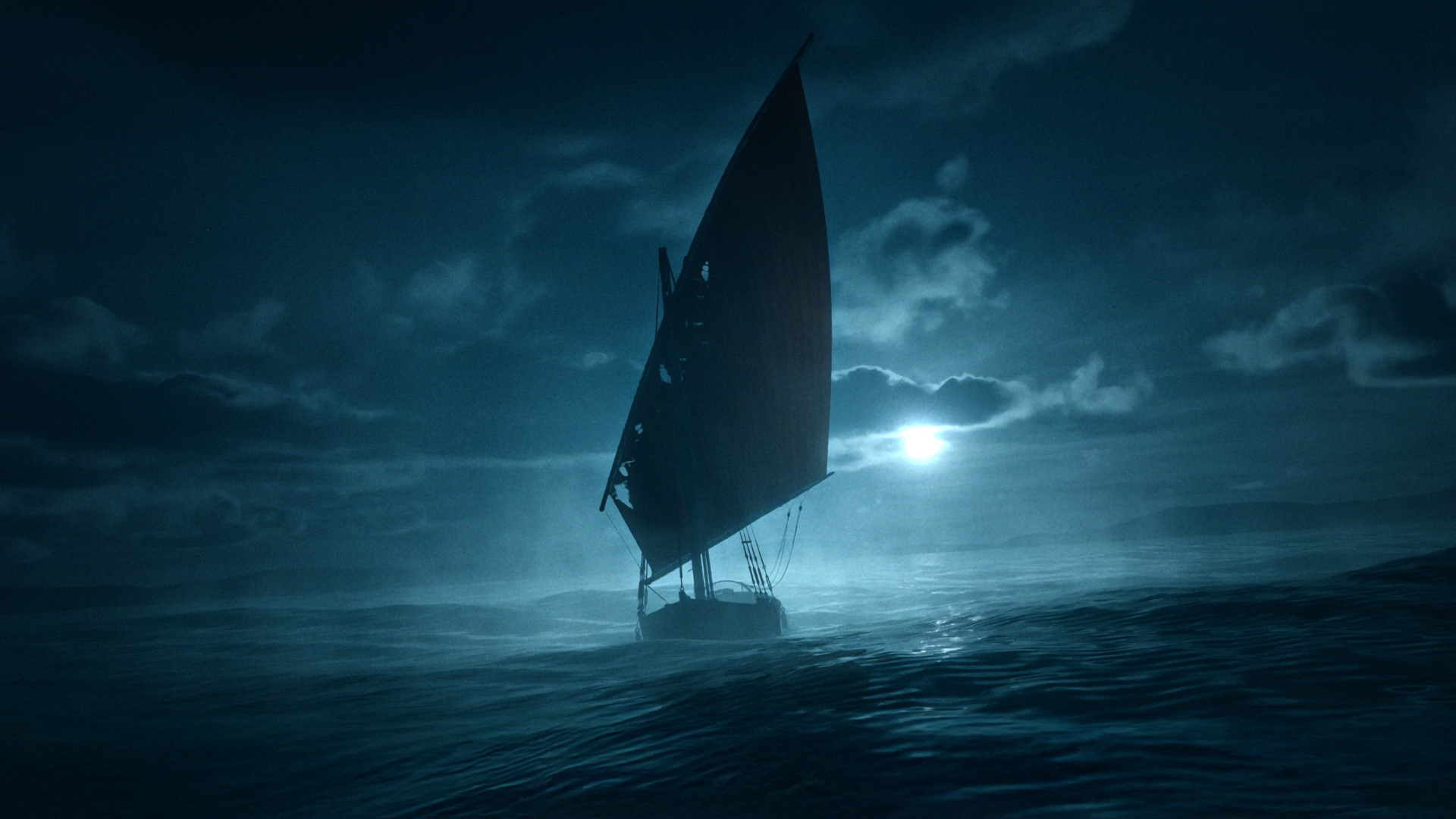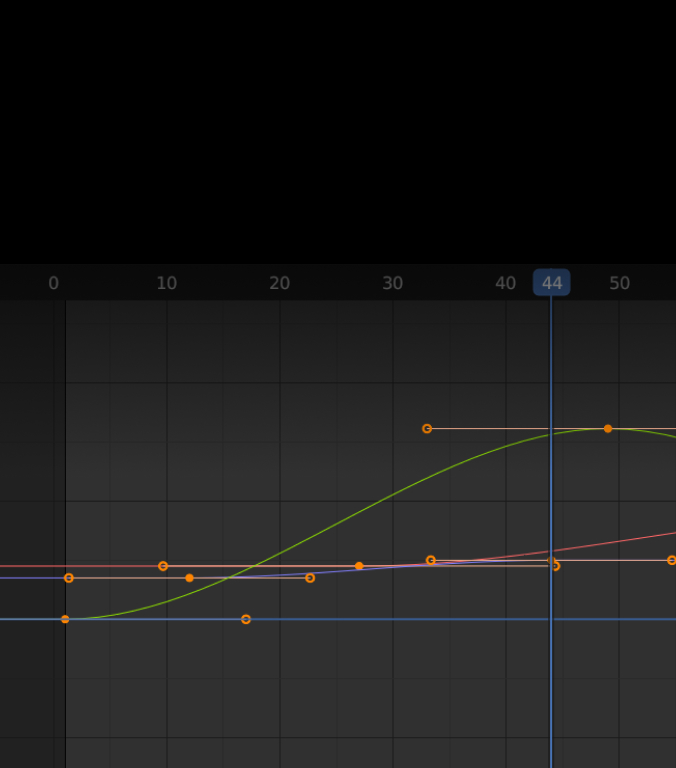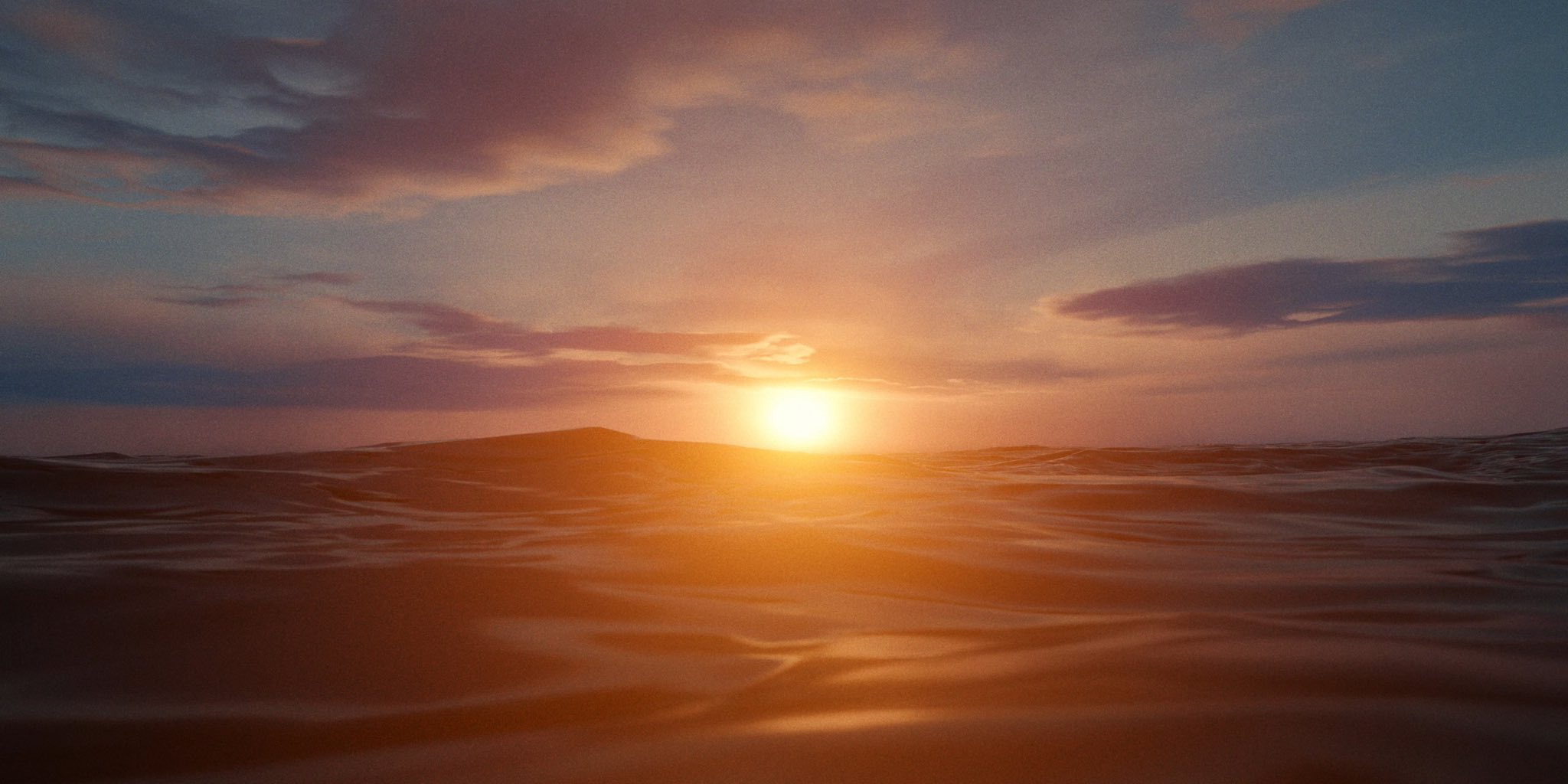Cinematic Waters
in a single click
Physical Open Waters is the most advanced real-time ocean and water simulation addon for Blender, setting a new standard for high-quality, unlimited water environments.


Our products are used by creators from:
Why did 1500+ users
choose POW?




-
Atmosphere
-
Planets
-
Ocean
Comparison
POWPhysical Open Waters |
Ocean Modifierbuilt-in Blender ocean |
|
|---|---|---|
Underwater |
Includes underwater particles and object fog |
|
Unlimited Ocean |
Extends infinitely |
|
No Tiling |
Seamless water surface without visible patterns |
|
Advanced Ocean Material |
Reflection, transparency, and color customization |
|
Wakes |
Trailing waves from objects |
|
Ripples |
Forms natural ripples with objects |
|
Meniscus |
Thin reflective edge where water meets objects |
|
Next Updates
1.3 |
Gabor Waves for RealismWe're switching from simple sine waves to Gabor noise, bringing more natural and detailed wave motion to ocean simulations. This method enhances realism, making water surfaces look more organic and visually convincing. |
Team you can trust
 Regular updates
Regular updates
Our team of developers are constantly improving our addons to expand capabilities and ensure support for latest Blender releases. Release notes
 Dedicated support
Dedicated support
Our team and vibrant Discord community will help you with any difficulties along side your journey. Join our Discord
Addon controls
Presets |
Access and manage a library of ocean presets. Save, or delete existing presets and create new ones for quick setup and customization. |
Mesh |
Mesh Size: dictates the overall dimensions of the ocean simulation, allowing for scaling the water body to suit the scene's size requirements. Mesh Resolution: controls the granularity of the water surface, enhancing the realism of waves and ripples, essential for achieving both broad ocean vistas and detailed close-up views. |
Material |
Customize the ocean's material properties, including color and subsurface scattering to achieve the desired look. |
Camera & LOD |
Configure camera settings and Level of Detail (LOD) for optimal rendering at various distances, ensuring high performance without sacrificing visual quality. |
Waves |
Fine-tune the wave patterns, adjust their amplitude and frequency to simulate everything from calm seas to turbulent storms. |
Capillary Waves |
This feature allows for the simulation of small surface waves caused by surface tension, providing an additional layer of realism to close-up scenes. |
Wakes & Ripples |
Wakes: Simulate the trails and disturbances left by objects moving through the water, adding dynamism and interaction to the scene. Ripples: Create realistic effects for objects that are submerged, generating natural water movements around them. |
Underwater |
Underwater shader: Blend in submerged objects with applying underwater shader. Particles: Add particles to simulate the fine details of underwater environments. Underwater Volumetrics: Utilize Blender's volumetric capabilities to create stunning underwater atmospheres with depth-based light scattering and absorption effects. |
Pricing
Basic |
Studio |
Enterprise |
|
|---|---|---|---|
Users |
1 | 7 | Custom |
Free updates |
|||
New features |
|||
7 Presets |
|||
Discord community |
|||
GPL license
All artworks made using our addon belong to you and can be used for commercial purposes. No need for attribution. Read more about GPL license
|
|||
Dedicated support |
|||
Early access |
|||
Prioritized feature and bug requests |
|||
Prioritized support |
|||
Select your plan30 day refund policy Feel free to contact us in case you have questions. |
BasicOne time payment $50.00
|
StudioOne time payment $250.00
|
EnterpriseCustom pricing |
25% OFF → Black Friday - Elevate Your Craft |
|||
Bundle
Physical Addons Bundle
Pricing
Basic
One time payment
- Single user
- Free Updates
- New Features
- 7 Presets
- Discord community
-
GPL license
All artworks made using our addon belong to you and can be used for commercial purposes. No need for attribution. Read more about GPL license
Studio
One time payment
Same as Basic plus
- 7 Users in company
- Dedicated Support
- Early access
Enterprise
Custom pricing
Same as Studio plus
- Unlimited user count
- Prioritized feature and bug requests
- Priority support
Physical Addons Bundle
Creator notes
The complexity of the open waters |
Simulating open waters in 3D environments, especially in real-time, is a complex task due to the multifaceted nature of water as a material and the dynamic conditions under which it exists. The challenges in simulating water include recreating the visual properties, such as reflection and refraction, as well as the physical behavior, like wave dynamics and interactions with objects and the environment. Reflection and RefractionWater surfaces reflect the environment and refract light passing through them. Shaders must account for the Fresnel effect, which changes the reflectivity based on the viewing angle. Real-time cube mapping or screen-space techniques can be used for reflections, while refraction often requires a distortion effect based on a normal map. Wave DynamicsRealistic water movement can be achieved through a combination of techniques. The Gerstner wave model is commonly used to simulate wave displacement. This model allows for the creation of waves that combine different amplitudes, wavelengths, and directions, creating a convincing, moving water surface. |
Shader Implementation |
Vertex ShaderFor altering the vertices of a water mesh to simulate wave movement, using the Gerstner equation to displace vertices. Fragment ShaderFor computing lighting, reflection, refraction, and shading details. This involves using normal mapping for small ripples, specular mapping for shiny water effects, and possibly shadow mapping if the water receives or casts shadows. Procedural GenerationOpen waters in a large environment are often procedurally generated to avoid the memory cost of large textures. Noise functions like Perlin or Simplex noise can generate the base pattern for the water surface. These patterns can be tiled and offset over time to simulate continuous motion. PerformanceReal-time performance requires careful consideration of computational cost. Level of detail (LOD) systems can reduce the number of calculations by simplifying the water simulation at distances. Simpler mathematical models may be used for distant water, while closer water requires more detailed simulation. InteractionsSimulating interactions with other objects, like boats or characters, adds another layer of complexity. This involves dynamic modification of the water's surface and appropriate response in the shader, which can be simulated with render targets that allow shaders to write and read interaction data. Environmental EffectsWater appearance changes with weather conditions and time of day. Shaders must adapt to different lighting conditions, and possibly integrate with particle systems for effects like foam and splashes. OptimizationTechniques such as culling, where non-visible water surfaces are not processed, and using lower precision arithmetic where possible, can help maintain performance. Additionally, shaders can be written to take advantage of parallel processing capabilities of modern GPUs. Each of these areas presents its own set of challenges and requires specific shader programming techniques to handle the data efficiently and produce convincing results. The actual implementation would vary greatly depending on the platform, performance considerations, and the level of realism required by the project. |
